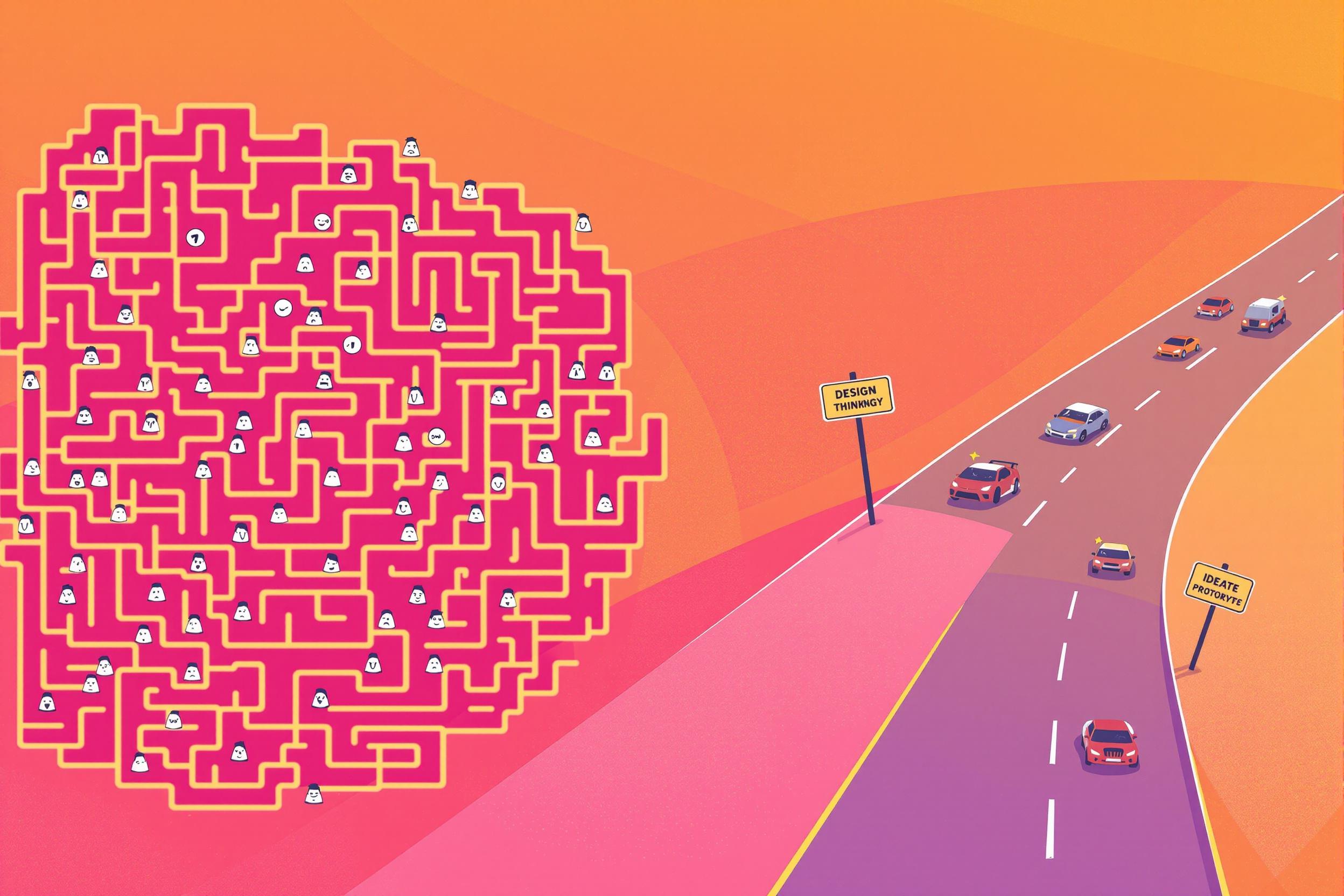
Value Stream Mapping
Value Stream Mapping is a method used to improve how businesses operate by creating visual diagrams of all steps involved in delivering a product or service. Think of it like drawing a detailed road map that shows every stop and delay in a delivery process. Companies use this tool to spot areas where time or money is being wasted and find ways to make things run more smoothly. It's particularly popular in manufacturing and logistics but is also used in other industries to make processes more efficient. When someone mentions Value Stream Mapping on their resume, they're indicating they know how to analyze and improve business processes to save time and money.
Examples in Resumes
Led Value Stream Mapping projects that reduced delivery times by 40%
Conducted Value Stream Mapping workshops for warehouse operations improvement
Used VSM and Value Stream Mapping techniques to identify $500,000 in annual cost savings
Implemented process improvements identified through Value Stream Map analysis
Typical job title: "Process Improvement Consultants"
Also try searching for:
Where to Find Process Improvement Consultants
Professional Organizations
Online Communities
Learning Resources
Example Interview Questions
Senior Level Questions
Q: Can you describe a complex Value Stream Mapping project you led and what improvements resulted from it?
Expected Answer: Look for answers that show they've led full-scale mapping projects, worked with multiple departments, and achieved measurable results like cost savings or time reductions. They should explain how they got buy-in from different teams and managed the implementation of changes.
Q: How do you handle resistance to changes identified through Value Stream Mapping?
Expected Answer: Strong answers should discuss experience with change management, how to communicate benefits to stakeholders, and strategies for getting team buy-in. They should give examples of successfully implementing challenging changes.
Mid Level Questions
Q: What tools and methods do you use to collect data for Value Stream Mapping?
Expected Answer: They should mention methods like time studies, process observation, interviewing workers, and collecting historical data. Look for understanding of both manual and digital data collection methods.
Q: How do you identify waste in a process using Value Stream Mapping?
Expected Answer: Should be able to explain different types of waste (like waiting time, unnecessary movement, excess inventory) and how to spot them in a process map. Should give practical examples.
Junior Level Questions
Q: What are the basic components of a Value Stream Map?
Expected Answer: Should be able to describe the main elements like process boxes, inventory triangles, timeline, and information flow. Basic understanding of how to draw a simple map is important.
Q: What's the difference between current state and future state maps?
Expected Answer: Should explain that current state shows how things are now, while future state shows the improved process after removing waste. Should understand this is a basic planning concept.
Experience Level Indicators
Junior (0-2 years)
- Basic process mapping and documentation
- Data collection and analysis
- Understanding of waste types
- Simple improvement projects
Mid (2-5 years)
- Leading small mapping projects
- Implementing process improvements
- Team coordination
- Results measurement
Senior (5+ years)
- Large-scale improvement projects
- Change management
- Training and mentoring others
- Strategic process design
Red Flags to Watch For
- No hands-on experience with process improvement projects
- Cannot explain how to measure process improvements
- Lacks understanding of basic process analysis tools
- No experience working with cross-functional teams
Need more hiring wisdom? Check these out...

Unlocking Team Potential: Personality Mapping for Dynamic Management

Why Your Hiring Process is a Maze (And How Design Thinking Can Turn It into a Superhighway)

Workforce Solutions Aggregators: The Next Big Thing You Didn't Know You Needed

